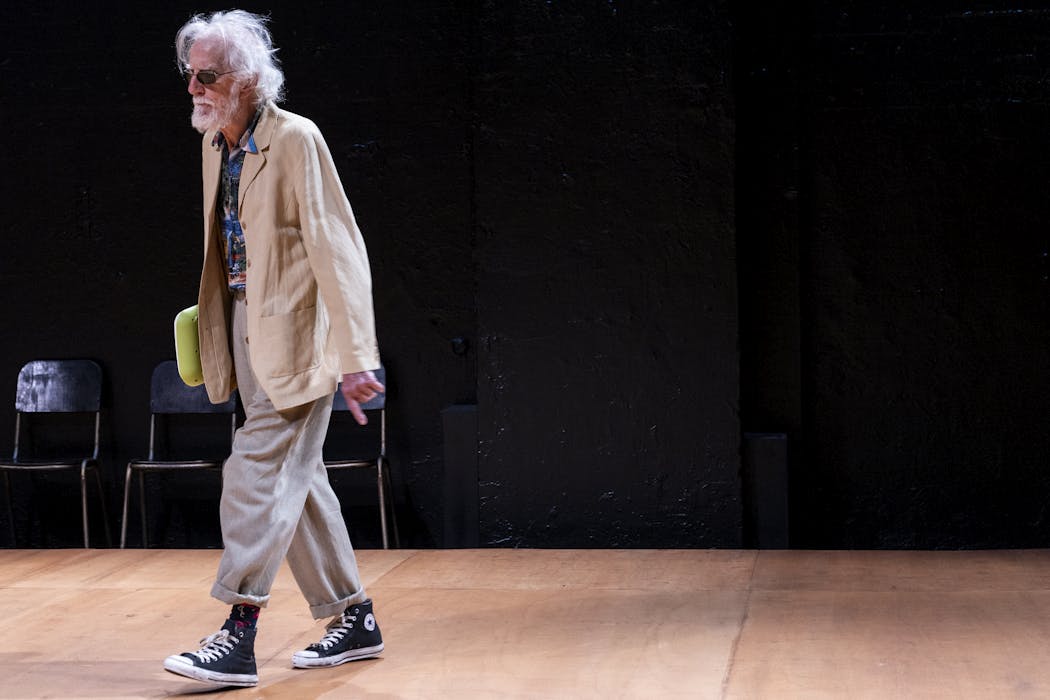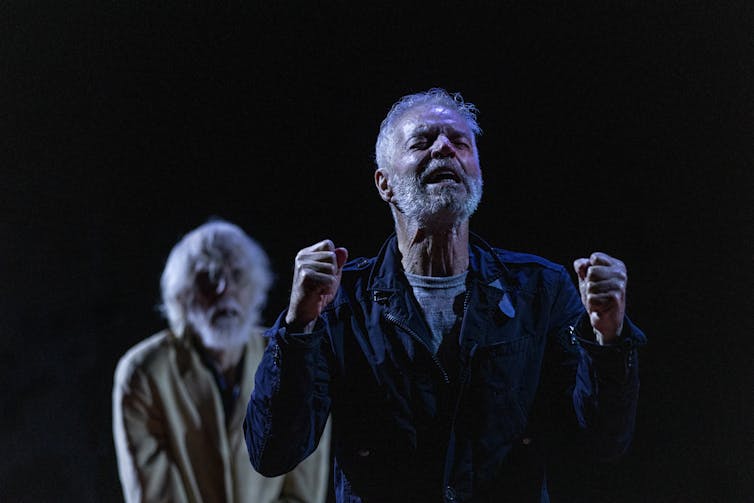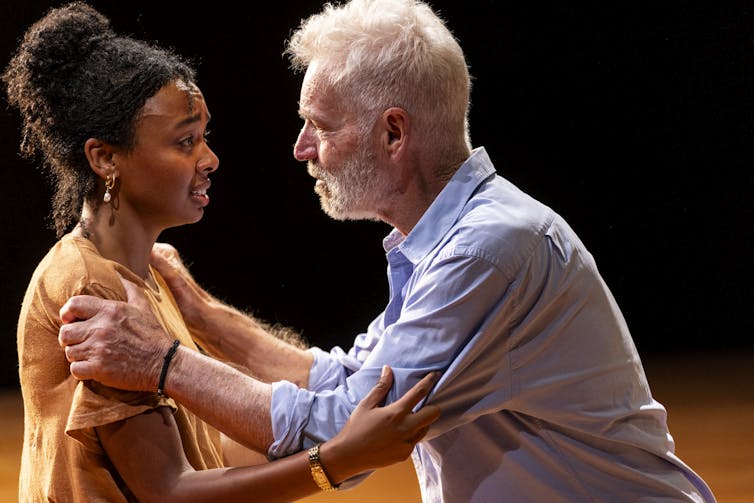Source: Radio New Zealand
Transport operators are warning of a looming driver shortage in the lead-up to Christmas after the NZ Transport Agency revoked hundreds of commercial licenses earlier this month.
NZTA revoked 440 commercial driving licenses after discovering false or altered documentation that converted overseas licences to New Zealand equivalents.
Employers of the drivers have warned that the crackdown could leave a lot of trucks sitting in warehouses instead of transporting goods at the busiest time of year.
Navjot Sidhu, a transport operator who is advocating for affected drivers, said many of the drivers were of Indian origin and had been working in the United Arab Emirates before moving to New Zealand after borders reopened in 2022.
“The Indian community has been disproportionately and severely affected, as many drivers of Indian origin form the backbone of New Zealand’s transport, logistics and courier workforce,” Sidhu said.
“Long-serving, law-abiding drivers have suddenly found their livelihoods at risk.”
Sidhu said the drivers’ families had been unfairly caught up in the crackdown.
“It’s not only 440 individuals,” he said. “These are 440 families, including thousands of people with small children involved. Very soon, everyone will be on the streets.
“In addition – something the authorities probably haven’t realised yet – this means 440 less trucks taking essential supplies all around the country.
“This impending commercial drivers’ crisis would mean a lot of trucks would be sitting in garages, instead of running on roads, leading to potential supply shortages closer to Christmas season.”
A commercial truck driver attends a rally in the Auckland suburb of Takinini with his family.
Ranjit Singh is a transport operator based in Tauranga.
Singh employs four truck drivers, two of whom migrated from the UAE and faced losing their licenses.
“One already got the letter, and another may get it anytime,” Ranjit said.
“The impact of this decision by NZTA will be huge for the transport industry, for the drivers’ families and for the wider economy.
“These drivers can’t be replaced overnight. Firstly, getting commercial drivers is not easy in New Zealand. I advertised on TradeMe for one year but couldn’t find a single driver locally. That’s why we recruited from overseas.
“Secondly, training a new driver takes at least three months. This crisis suddenly came upon us out of nowhere and that, too, at the busiest time of the year. I don’t think anyone has thought through the huge impact it will cause to the wider economy.”
Transport operator Ranjit Singh has struggled to find local hires.
ACT Party MP Parmjeet Parmar met representatives of the affected drivers last weekend.
Parmar also voiced concern about the crackdown’s impact on the wider economy.
“Hundreds of experienced [heavy vehicle] Class 5 drivers being stood down just weeks before Christmas will place enormous strain on freight and supply chains,” Parmar said.
“Businesses are depending on this period to recover financially, and they cannot operate without qualified drivers.”
The Indian-origin lawmaker also weighed in on what she understood might have led to the revocation of the commercial licenses in the first place.
“After meeting with representatives of the affected drivers, it’s clear many of them acted under pressure and believed they were following the correct process,” Parmar said.
“While any misuse of documents is unacceptable, these drivers have all passed New Zealand’s own theory and practical tests, and they have demonstrated their competence on our roads,” she said.
“I have written to the minister of Transport to advocate for a solution that upholds the integrity of the licensing system while ensuring that well-qualified and competent drivers are able to keep doing their jobs.
“My hope is that we can protect the system without causing unnecessary disruption to workers, employers and the freight sector at this critical time.”
Navjot Sidhu is a transport operator who is advocating for affected drivers.
System weaknesses
Sidhu said an audit by NZTA in July uncovered 440 commercial licenses that had been acquired through conversion appeared to be based on documents the agency now deemed invalid or non-verifiable.
Most affected licences were in heavy vehicle commercial categories, he said.
Sidhu said the document in question was a Dubai-issued supporting letter, commonly provided by companies in which drivers had worked, that had been accepted by NZTA for almost two decades as part of the licence-conversion process.
“I want to stress this is not a new document that was demanded after 2022,” Sidhu said.
“Drivers coming from the UAE have routinely submitted it over the years. As such, the new lot [of drivers] that came after reopening of the borders submitted the same [document], trusting NZTA’s past approval processes,” he said.
“The issue appears to stem from a recent shift in the interpretation or verification standard of these documents, not from intentional wrongdoing by applicants,” he said.
“For 20 years, no indication was given that the document might be unacceptable.”
Onkar, who goes by his first name and runs PB07 Transport Ltd employing eight drivers, four of which came from the UAE, said authorities in the Middle East nation did not issue the type of verification letter NZTA required to approve a licence conversion.
Under current regulations, NZTA requires supporting documents to state the tonnage of vehicle a driver is qualified to drive.
“For years, NZTA routinely accepted a widely used Dubai supporting letter issued by employers as part of the official conversion process,” he said.
“Many applicants submitted this document in good faith, relying on NZTA’s long-term acceptance and established practice.
“Now that NZTA is not accepting this supporting letter, a mismatch has happened between UAE’s system and New Zealand’s evolving standards.”
Onkar employs eight drivers, four of which came from the UAE RNZ / Blessen Tom
Sidhu said the drivers were not deliberately engaged in fraudulent activity.
Some drivers had also been scammed by a Dubai-based supporting letter provider, which he said had added to the confusion.
“The overseas provider openly advertised that they could supply the required supporting letter for a fee, suggesting this was the standard practice,” he said.
“Lured by the impression created that this was the official letter recognised by New Zealand authorities, many drivers paid him the money and got the letter. This letter is now deemed [to be] fraudulent by NZTA.”
Ranjit said many drivers had operated heavy vehicles exceeding 40 tonnes for many years in the UAE.
“We have submitted documents from their employers and their driving schools in the UAE verifying this experience,” Ranjit said.
“After they moved here, they cleared all the requisite theory and driving tests,” he said.
“Moreover, they have been driving on our roads for one or two years now without any issues.
“The only issue is the supporting letter and [the fact that it mentions] tonnage, which has provoked the mass revocation of 440 commercial driving licenses.”
Hundreds of drivers attended a rally with their families at South Auckland’s Takanini Gurdwara last weekend.
Families caught up in the crackdown
Hundreds of drivers attended a rally with their families at South Auckland’s Takanini Gurdwara last weekend.
Amritpal Singh, who drove trucks in the UAE for 15 years before relocating to New Zealand two years ago, said the revocation of his licence had hurt his family hard.
“They have taken away our family’s only source of income,” he said. “How will I feed my kids now?”
Parminder Singh said he did not have sufficient income to pay rent after now finding himself unable to drive any vehicle in New Zealand.
“We have to rely on the generosity of friends even to come here to attend this meeting,” he said.
Kiranpreet Singh says families have also been affected.
Kiranpreet Singh said the drivers had simply followed long-accepted practice by NZTA when converting their heavy vehicle licences.
“Now, our wives and children are being penalised for no fault of theirs,” he said.
Sarfaraz Khan, a commercial law specialist who is advocating for the drivers, called for a case-by-case remediation pathway.
“We are meeting representatives of the NZTA soon to put forward the drivers’ case,” Khan said.
Jitendra Singh, who runs Haryana Driving Academy in the South Auckland suburb of Wiri, claimed the letters the drivers had been receiving from NZTA were also causing confusion.
“Some drivers have been told their Class 5 license is cancelled and they can’t drive any vehicle in New Zealand,” he said.
“They are being told to apply for overseas license conversion from scratch,” he said.
“This is problematic as, in many cases, the UAE driving license they once held has expired. So how can these drivers apply for conversion?
“In some cases, NZTA has cancelled the Class 5 license of the driver but granted him a Class 2 license. Now that driver must go through the entire process of getting a Class 3 or 4 license first, before applying for a Class 5 license.
“We need to understand from NZTA how it is determining which clause applies to which driver.”
Hundreds of drivers attended a rally with their families at South Auckland’s Takanini Gurdwara last weekend.
NZTA responds
RNZ approached NZTA for comment on the drivers’ claims they had genuinely followed an NZTA-approved process that had been unchanged for decades.
RNZ also asked NZTA for comment on the drivers’ claims the issue stemmed from system gaps in the application of policy in licence conversions.
“[The agency] is taking action on these licences following the discovery that false or altered documentation was provided during the process of converting these overseas licences to New Zealand heavy vehicle licences,” an NZTA spokesperson said in a statement.
“Irregularities in the documents provided during the conversion process were discovered during an audit undertaken by NZTA in July 2025. This action follows a thorough investigation of issues identified during the audit,” the spokesperson said.
Questioned whether he was worried about potential driver shortages ahead of Christmas, Transport Minister Chris Bishop referred RNZ to NZTA, citing it as an operational matter for the agency.
– Published by EveningReport.nz and AsiaPacificReport.nz, see: MIL OSI in partnership with Radio New Zealand


















